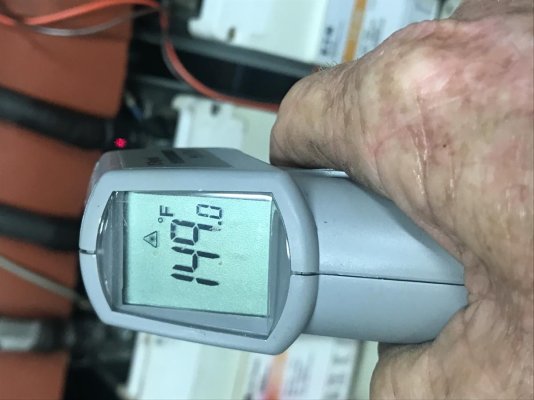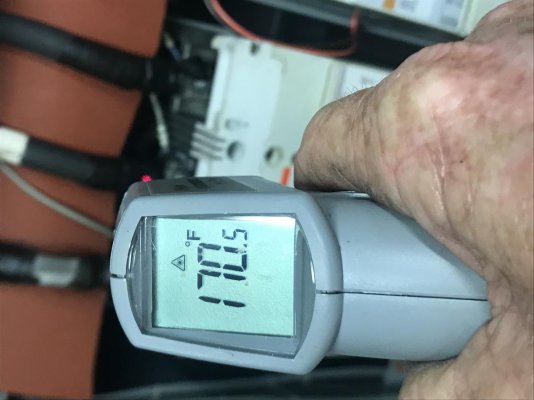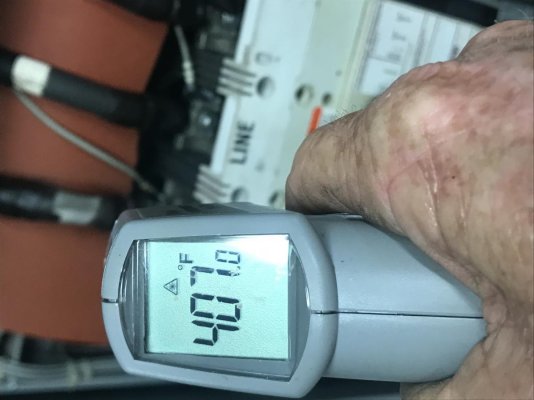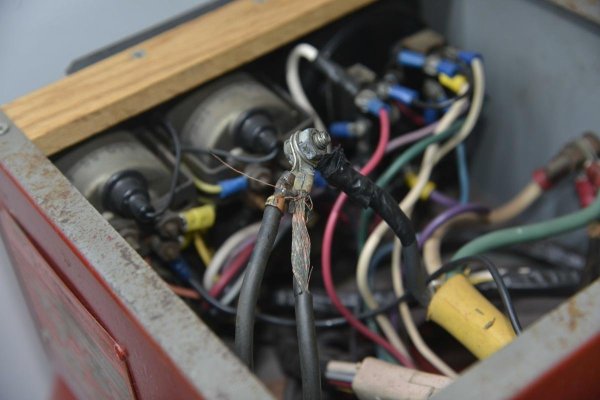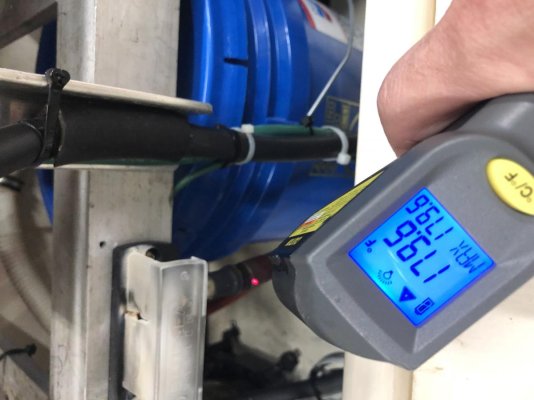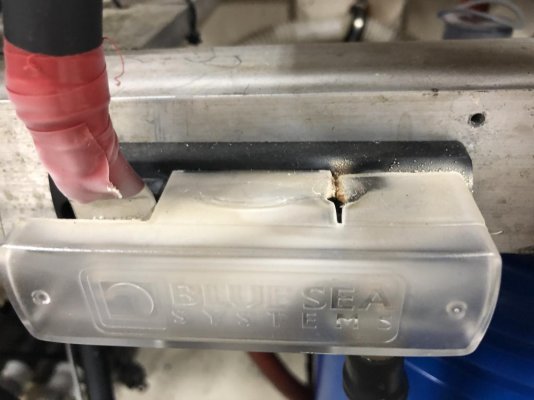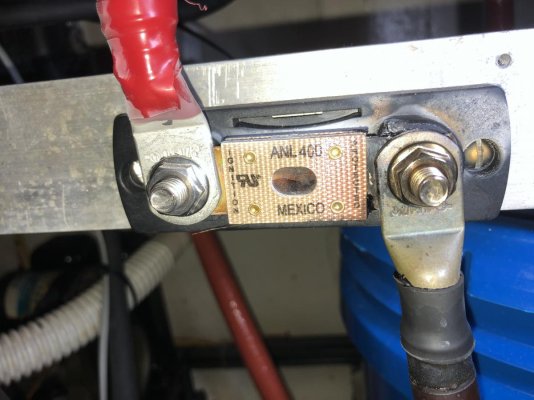Juliet 15
Senior Member
We're out in the San Juan Islands (it's beautiful - but cloudy..)
For the 3rd time in a row, I get a strong electrical when I run my Onan 15k genset. I've looked the thing over several times without seeing anything. It runs fine, everything is working normally, but the "hot electrical" smell is unmistakable. The other genset doesn't do it, and this Gen never did it before till about 3 trips ago.
I can't locate the specific source of the smell. Maybe it's the inverter/charger.
Anyone ever had a similar experience?
For the 3rd time in a row, I get a strong electrical when I run my Onan 15k genset. I've looked the thing over several times without seeing anything. It runs fine, everything is working normally, but the "hot electrical" smell is unmistakable. The other genset doesn't do it, and this Gen never did it before till about 3 trips ago.
I can't locate the specific source of the smell. Maybe it's the inverter/charger.
Anyone ever had a similar experience?

